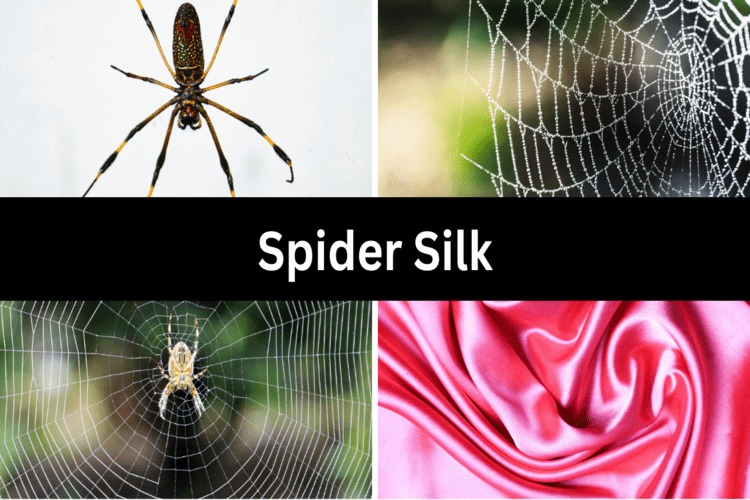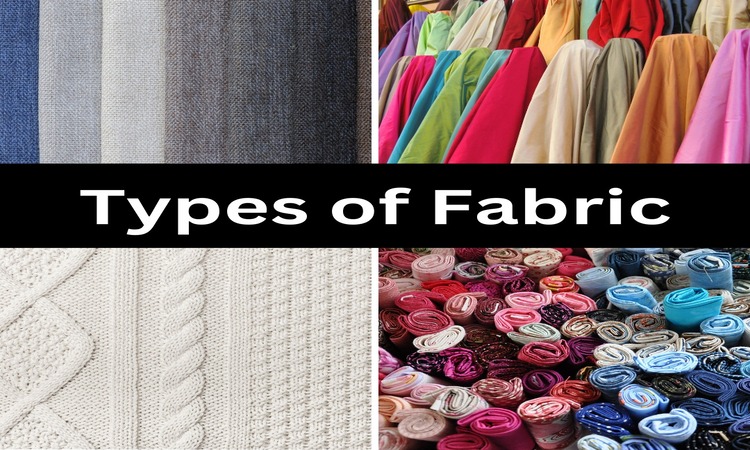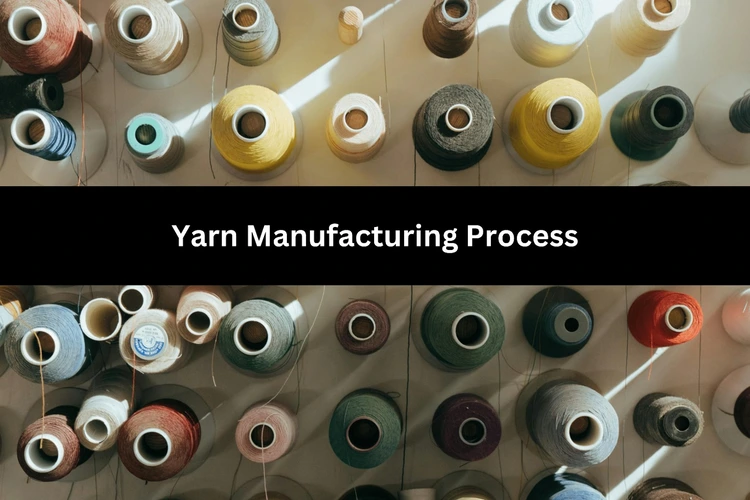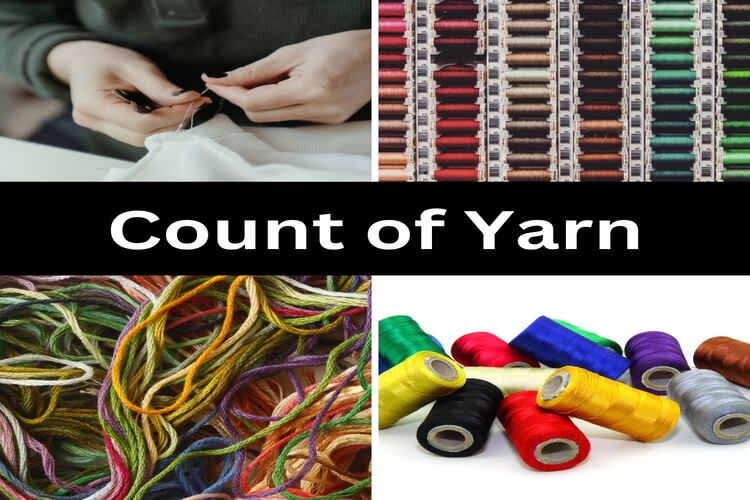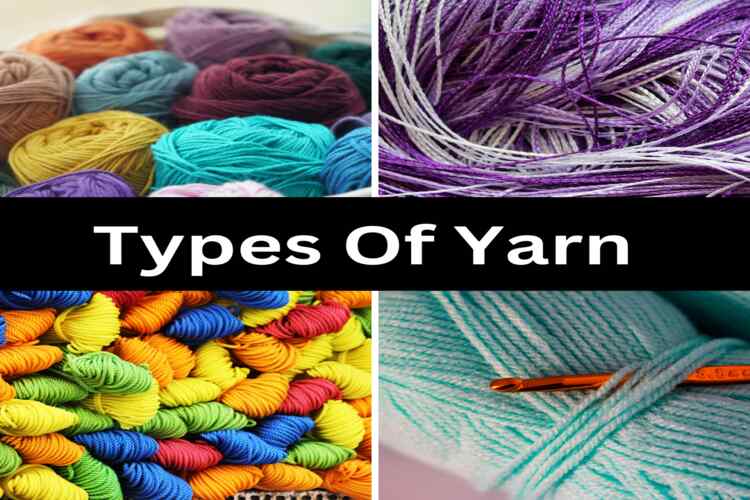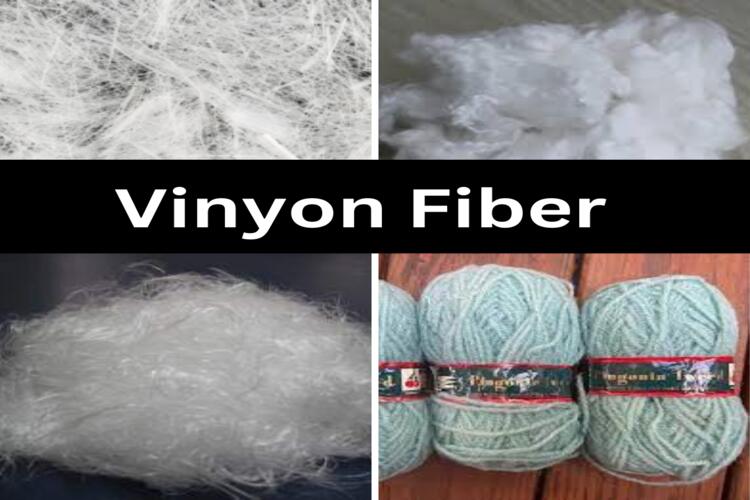History of Spider Silk Most of the silk came from silkworms, but some folks also used spider silk. Early Romans and Greeks wove spider silk into fabrics and nets and used it to treat injuries. Australian aborigines used spider silk for fishing lines and nets, sometimes crushing spiders onto the[…]
Different Types of Fabric in Textile Industry
What is fabric? Fabric is crafted from solutions, fibers, yarns, or textiles. Non-woven fabrics and felts stem directly from fiber webs, yet they possess restrictions in their utility. The most effective method of crafting textile fabrics for various intents involves the mechanical transformation of yarn into fabric. This process encompasses[…]
Yarn Manufacturing Process
Introduction Leaving out silk, most tech-related natural fibers are collected as staple fibers with distinct lengths. During the spinning or yarn manufacturing process, the fibers entwine to boost friction, creating a staple fiber yarn. Yarns are the foundation of fabric creation. Their thickness spans a wide range and is usually[…]
Count of Yarn: Explanation and Varieties
What does yarn count mean? Yarn count is a numeric representation that shows whether the yarn is delicate or rugged, showing its thickness. According to the Textile Institute, “Count is a number that signifies the mass per unit length or the length per unit mass of yarn.” It’s a numeric[…]
Identification of Textile Fibers
Why is the identification of textile fibers necessary? Understanding textile fibers is a core element of our textile science journey. Back in the day, discerning fibers was a simpler task, where folks leaned on sight and touch to recognize cotton, wool, silk, or linen. Yet, as synthetic fibers entered the[…]
Types of yarn
What is yarn? Yarn is made by putting fibers together, either by laying them side by side or twisting them into a long strand. Yarns can be created from staple fibers, which need twisting, or filament fibers, which usually don’t need much twist to stay together in the yarn. Table[…]
Vinyon Fiber: History, Properties, Advantages and Disadvantages
What is Vinyon fiber? Vinyon is a synthetic fiber used in textiles, known for being strong and versatile. It’s often used instead of natural fibers like wool or cotton. Vinyon fibers, made from vinyl chloride, are commonly called “Vinyon” or “Vinylon.” Table of Contents History of Vinyon fiber Vinyon was[…]

